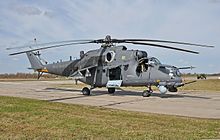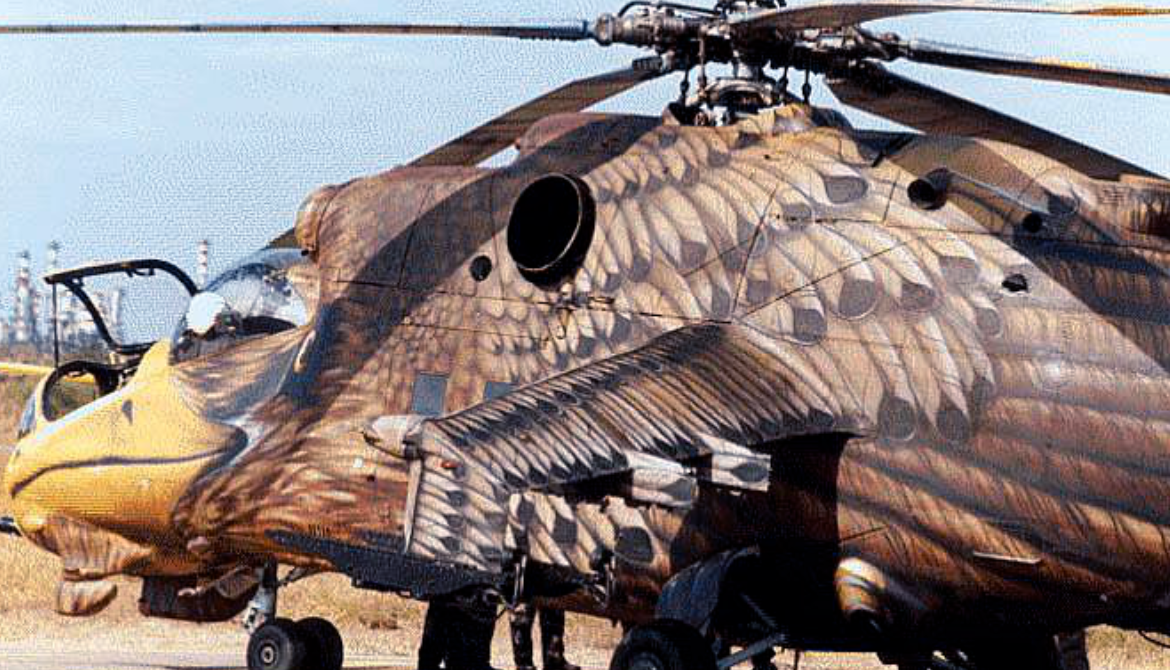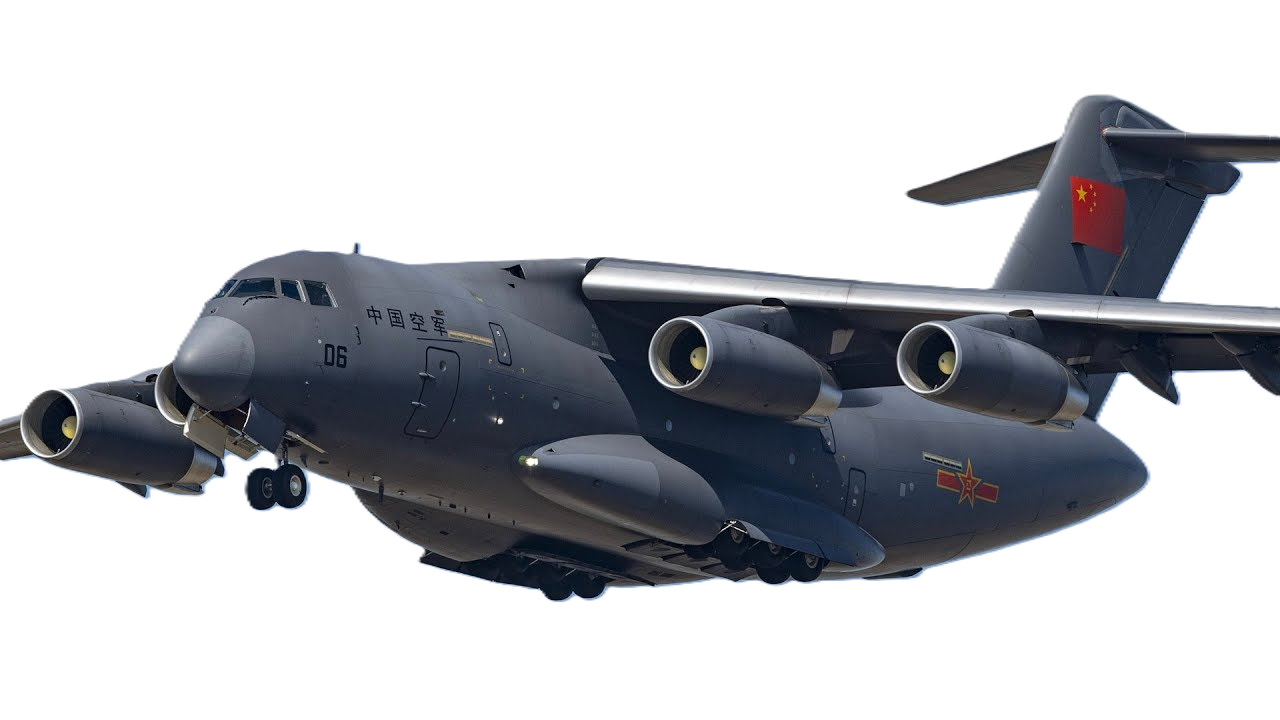Mil Helicpter plant Mil Mi-35 type 32 'Hind-H'
 A Mi-24V of the Polish Land Forces |
|
| General information | |
|---|---|
| Type | Attack helicopter with transport capabilities, helicopter gunship |
| National origin | Soviet Union/Russia |
| Manufacturer | Mil |
| Status | In service |
| Primary users | Russian Aerospace Forces58 other users (see Operators section below) |
| Number built | 2,648 |
| History | |
| Manufactured | 1969–present |
| Introduction date | 1972 |
| First flight | 19 September 1969 |
| Developed from | Mil Mi-8 |
|
|
|
|
|---|
.
History Mil Moscow Helicpter plant
Mil Mi-35 type 32
NATO reporting name:
'Hind-H'
-
Design

Mil Mi-35MS Czech Mi-35 modernization Between 2003-2005 Mi-35s were manufactured for the Czech Air Force with the following modifications: TV3-117VMA engines, EVU engine exhaust gas cooling system, cabin and exterior light modifications for use of night vision system including custom night vision scopes, GPS satellite navigation system (Garmin-155 XL type), backup artificial horizon (type LUN 1241 of Czech manufacture), VARTA batteries, civil identification system transponder (IFF), which allows flights over the territory of the Czech Republic without restrictions, new elements for signalling and recording of flight parameters, altimeter calibrated in feet. Later modernization (~2017) included stabilized platform with FLIR night vision optoelectronic system, multi-function displays including moving map system, upgraded communication and navigation equipment, incorporation of an friend/foe aircraft identification system (IFF), camouflage in accordance with the standards of the Army and NATO, planning and combat support system. These helicopters were donated to Ukraine in summer 2023
Variants Military

Mil Mi-35M 
Early Mi-24 series
0
KmCeiling
0
KmCombat RANGE
0
Km.hAircraft Speed
0
Max Crew
Photo Gallery
Mil Moscow Helicpter plant
Mil Mi-35 type 32
NATO reporting name:
'Hind-H'


Mil Moscow Helicpter plant Mil Mi-35 type 32 NATO reporting name: 'Hind-H'
General characteristics
- Crew: 1
- Length: 16 m (52 ft 6 in)
- Height: 4.93 m (16 ft 2 in)
- Empty weight: 7,700 kg
- Gross weight: 9,800 kg (21,605 lb)
- Max takeoff weight: 10,800 kg
-
Powerplant
- Powerplant: 2 × Klimov VK-2500 turboshaft engines, (2,400 shp) each
- Main rotor diameter: 2 × 14.5 m
- Main rotor area: 330.3 m2 (3,555 sq ft) contra-rotating 3-bladed main rotors
Specifications
- Maximum speed: 315 km/h
- Cruise speed: 270 km/h
- Never exceed speed: 350 km/h
- Range: 545 km (339 mi, 294 nmi)
- Combat range: 470 km
- Ferry range: 1,160 km
- Service ceiling: 5,500 m (18,000 ft)
Armament
-
-
-
- Guns: 1 × mobile semi-rigid 30 mm Shipunov 2A42 cannon (460 rounds total, dual feeding AP or HE-Frag)
- Hardpoints: 6 × under-wing hardpoints, plus 2 on wingtips for countermeasures or air-to-air missiles with a capacity of 2,000 k
-
-
-
-
Links to Youtube & Others
In NATO circles, the export versions, Mi-25 and Mi-35, are denoted with a letter suffix as "Hind D" and "Hind E". Soviet pilots called the Mi-24 the "flying tank" (Russian: летающий танк, romanized: letayushchiy tank), a term used historically with the famous World War II Soviet Il-2 Shturmovik armored ground attack aircraft. Other common unofficial nicknames were "Galina" (or "Galya"), "Crocodile" (Russian: Крокодил, romanized: Krokodil), due to the helicopter's camouflage scheme, and "Drinking Glass" (Russian: Стакан, romanized: Stakan), because of the flat glass plates that surround earlier Mi-24 variants' cockpits
Mil Helicpter plant
Mil Mi-35 type 32 'Hind-H'
Mil engineers prepared two basic designs: a 7-ton single-engine design and a 10.5-ton twin-engine design, both based on the 1,700 hp Izotov TV3-177A turboshaft.
Youtube Link
The core of the aircraft was derived from the Mil Mi-8 (NATO reporting name "Hip") with two top-mounted turboshaft engines driving a mid-mounted 17.3 m (57 ft) five-blade main rotor









.png)


.png)